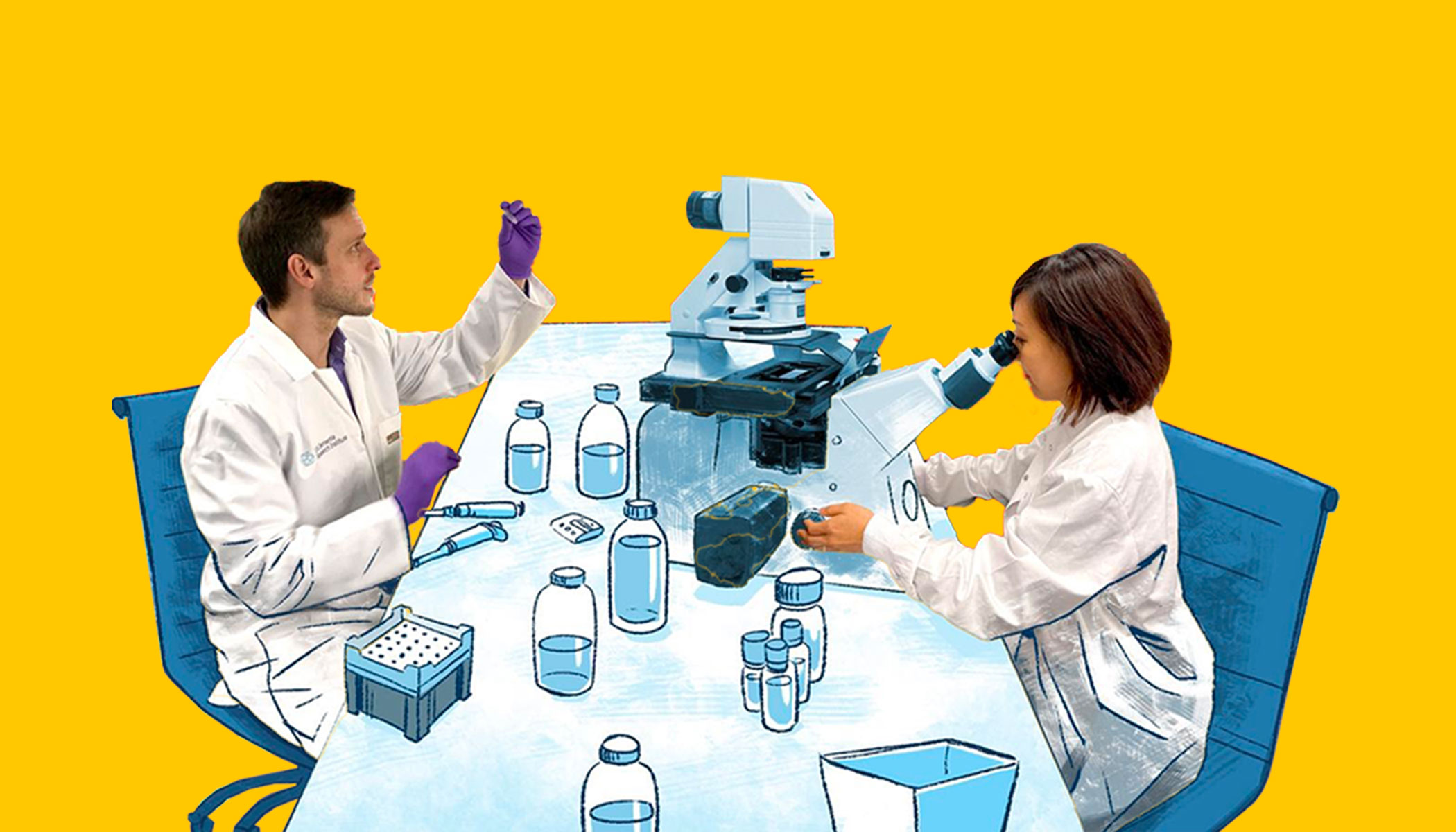Finding hope in tragedy, married scientists team up to battle brain disease
Soyon Hong and Tim Bartels are researchers at the UK Dementia Research Institute at UCL working together to transform what we know about Parkinson’s disease.

Soyon Hong and Tim Bartels are researchers at the UK Dementia Research Institute at UCL working together to transform what we know about Parkinson’s disease.
From Parkinson’s to Alzheimer’s, neurodegenerative diseases are on the rise — yet few therapies exist to combat them. That’s why the Collaborative Pairs program at CZI’s Neurodegeneration Challenge Network (NDCN) is bringing together scientists to explore new ideas and new approaches.
Meet science power couple Soyon Hong and Tim Bartels: two researchers at the UK Dementia Research Institute at UCL who have found hope in the midst of personal tragedy by combining their scientific expertise in a new project supported by the NDCN.
Learn more about how the NDCN empowers scientists to pursue bold ideas in order to accelerate the science of neurodegeneration — and ultimately, the path to treatments.
Enjoy this story? Read about another pair of scientists who have teamed up to study, treat and prevent rare pediatric diseases.
The Chan Zuckerberg Initiative is a place where engineers can build technology that will truly make people’s lives better.
Learn More
Explore answers to frequently asked questions about the microscopic cells that make up human bodies.
Learn More
Yasin Şenbabaoğlu, CZ Biohub SF’s new Director of Computational Biology, is working to reveal hidden patterns in health and disease
Learn More
Stay up-to-date on the latest news, publications, competitions, and stories from CZ Biohub.
Cookies and JavaScript are required to access this form.